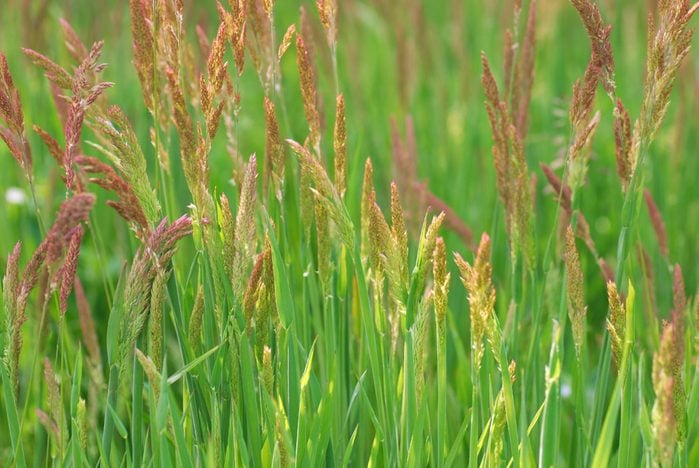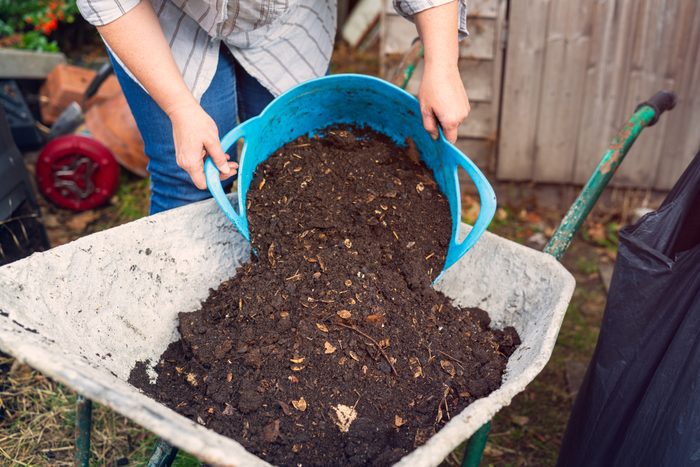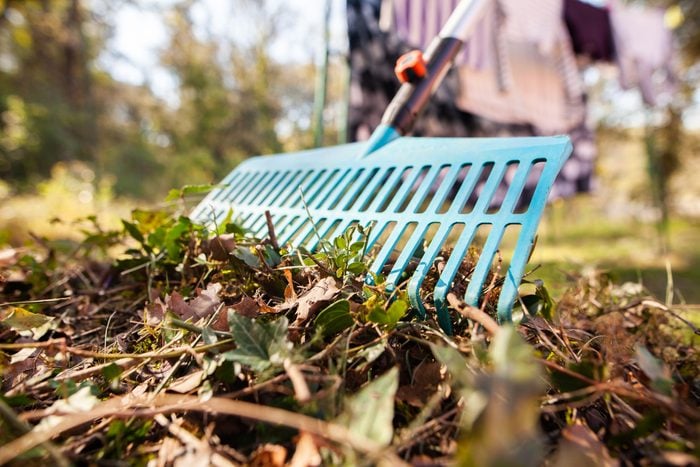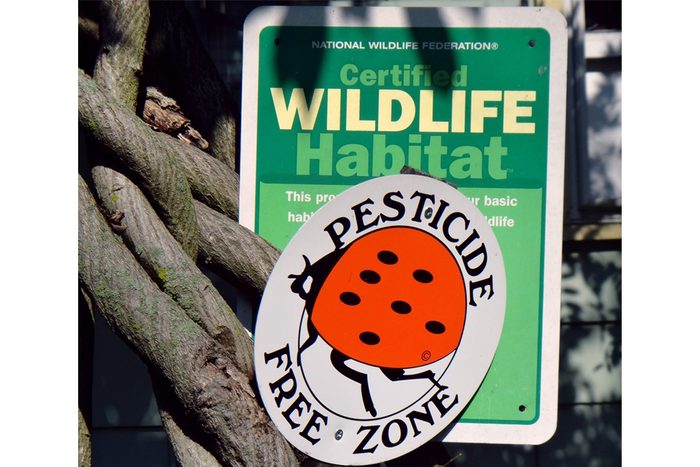Why Rewild?
Rewilding means taking your yard back to a more natural state by providing the tools nature needs to thrive.
While many homeowners take pride in their well-manicured, weed-free lawn, others are looking for an alternative. Here are some motivations for rewilding:
• Helping pollinators and birds;
• Saving water and time;
• Cutting carbon and nitrous oxide emissions;
• Increasing biodiversity;
• Eliminating synthetic pesticides;
• Keeping fertilizers from waterways;
• Bringing us closer to nature.
If you’re ready to go a little wild, here are some ideas that will help you turn your green plot into a native habitat.
Go Native
Replace that turf grass with a mixture of natives like meadow and buffalo grass, red fescue, sedges, bentgrass, wildflowers, clover, chamomile and even thyme. Find the native grass seeds for your region online or at your local nursery. (In the West, a good bet is Plants of the Southwest.)
Native shrubs, flowers and trees also require little watering. They create biodiversity benefits, including reducing the need for synthetic chemicals and attracting a more diverse array of insects and birds. The latter helps prevent infestations of unwanted bugs.
Skip Chemicals
Pesticides and synthetic fertilizers are effective, but they can harm the local environment, including waterways. Instead, enrich soil naturally through organic compost, mulch and other ground cover.
Start with a soil test so you know what nutrients are lacking. Then, if necessary, add organic fertilizers. When buying plants, read the labels and check with employees to make sure they don’t contain neonicotinoids, built-in pesticides that can harm birds and the insects they eat.
Go Old-Fashioned
Trade in your gas-powered lawn mower for a push mower so you no longer have to mess with fuel, while also toning up your arms! Another motivation: Collectively, the emissions from mowers, string trimmers, leaf blowers and lawn edgers equal billions of pounds of toxic pollutants per year in the U.S.
Mow Less
Procrastination pays off with this simple rewilding tactic. Mowing too frequently prevents flowers from blooming and seeds from forming, which cuts off food supplies for pollinators and birds and kills beneficial insects.
Try to wait two or three weeks between mowings. When you do mow, don’t cut lower than 2-1/2 inches. Taller grass offers more heat and drought tolerance. With native grasses, you might only need to mow every couple of months, if at all.
Plant Flowers
Pollinator gardens are the rage, for the obvious reason — they help vulnerable bees and butterflies. Expand the idea to include tall grasses and other plants that help lots of bugs thrive.
Native plants vary by region, but good bets are borage, aster, penstemon, Joe-Pye weed, goldenrod, fennel, oregano, cow parsnip and even dandelions. Don’t forget ample milkweed for the monarchs. Each caterpillar needs to eat at least 20 large leaves before it can make its cocoon!
Leave a Mess
For another low-maintenance payoff, leave those piles of leaves and brush in your yard to give shelter and nesting habitat for birds and other animals. Insects love decomposing wood, and nearly all backyard wildlife loves to eat insects.
Also, let fallen leaves stay for the winter. After making food for the trees, they protect the soil and create a world for fungi, bacteria and worms. This makes the soil more fertile, capable of holding in moisture, and thus less vulnerable to flooding or drought.
Add Animal Homes
Homes are everywhere in a healthy yard. Locate yours and make sure you don’t harm them.
When trimming trees, watch for tiny hummingbird nests with eggs the size of jelly beans. Tuck bee houses around the yard and under the eaves. Add bird houses and bat houses and leave some dead branches for bird perches. Even keep the old dead tree if it doesn’t pose a safety hazard.
Just Add Water
Ecosystems love water. Consider a bird bath and a homemade bee bath, or add some depressions where puddles of rain can linger naturally.
Change the water and clean the baths often to reduce mosquito larvae and prevent diseases and salmonella that can harm birds. Put in a rock or two so insects don’t drown.
Get Certified
Whether your neighbors envy your wildlands or lament them, making your yard an official wildlife sanctuary can inspire others, as well as keep things cordial. Apply for certification from the National Wildlife Federation.
Yards, container gardens and even balconies are eligible, so long as you are chemical free and offer food, water, cover and a place to raise young. In some states you can also certify a native-plant yard through the department of natural resources and get a property-tax exemption.










